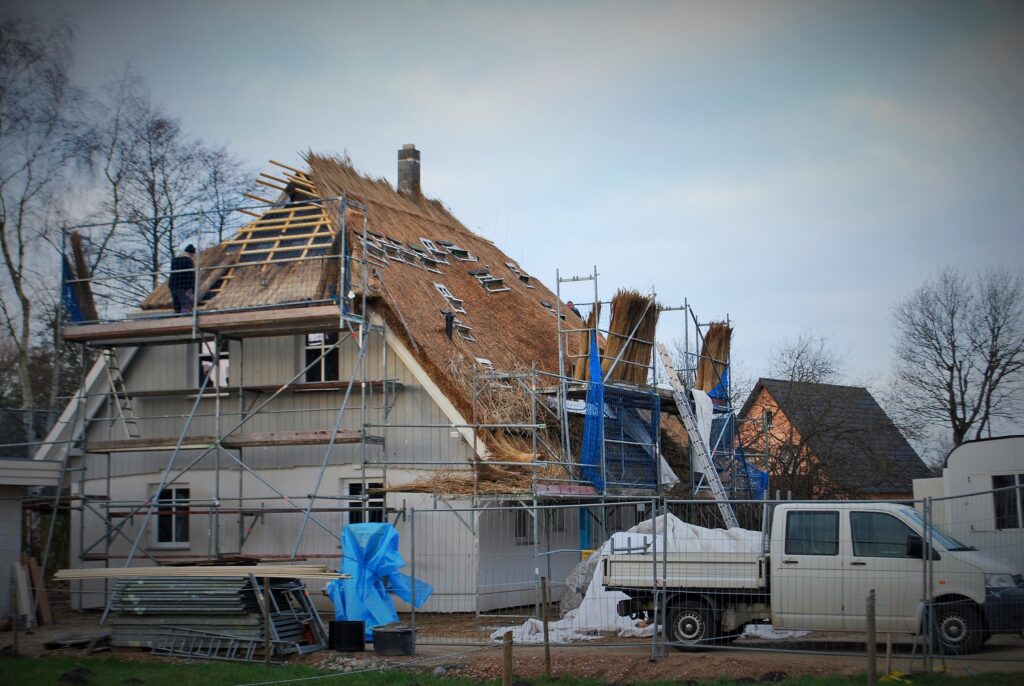* * * *

* * * *
Welcome to the “Georgia Wasp…”
This blog is modeled on the Carolina Israelite. That was an old-time newspaper – more like a personal newsletter – written and published by Harry Golden. Back in the 1950s, people called Harry a “voice of sanity amid the braying of jackals.” (For his work on the Israelite.)
That’s now my goal as well. To be a “voice of sanity amid the braying of jackals.”
For more on the blog-name connection, see the notes below.
In the meantime:
October 18, 2025 – The last post ended with my brother Tom and I going to London’s Clapham station, last August 11, and taking the train down to Winchester station. There we found a scene that took me back in time to Woodstock 1969: “The dregs of a young-folk music festival.”
That is, after a pleasant ride down to Winchester we were met at the station by hordes of mostly young folk, all carrying packs, tents and the like. My first thought: “Are all these going to hike the Canterbury Trail? With us?” But no, it turns out they just leaving the four-day Boomtown festival, in what seemed to me like an updated version of that Woodstock 1969. (Complete with locals complaining of “kids who haven’t bathed in four days, and smelled like it.”)
That was a bit past 10:00 a.m., which meant that after clearing the station we had hours to kill before check-in. (Once past all the young people leaving town by train.) We went to the Cathedral but it was so crowded Tom figured we’d come back later. We did go to the separate gift shop, and there I found a guidebook for the hike we’d begin next morning. Also a Pilgrim Passport in which we’d get stamps at churches and other points of interest along the way.
We had lunch at the Royal Oak, oldest pub in England, the same place I visited back in May. I had a pint of Estrella and pea and mint soup. (I’d eaten too well the past week in London.)
Later we ended up at Millstream Guest House, 8 Chesil Street in the east part of Winchester. (The part I didn’t get to visit in May.) A nice three-story apartment, but the top floor was too hot. (No AC, and it hit 87 degrees.) We’d be there two nights, not the usual one; no viable lodging between there and Alton. We’d hike halfway, to Alresford. (Pronounced “Al’s Ferd.”) We’d take the bus back to Winchester, then next day a bus back to where we stopped hiking, then finish hiking to Alton. (From then on we’d have a new place every night except for the two days off.)
Another part of the plan: Get up at 6:00 a.m. and get hiking by 7:00 to escape the heat of the day. And there was one more surprise that August 12 first day’s hike. “Along the way we saw something I never expected. These guys, professional roof re-thatchers. Re-thatching the roof of the place we stopped for a late lunch.” Complete with a “Master Thatcher” pickup truck.
That led me to ask myself, “Whoever heard of a ‘Master Thatcher?'” But apparently it’s a booming business. Thatching roofs, like they used to do in Geoffrey Chaucer’s day. (Of “Canterbury Tales” fame.) We talked to the guy, and one thing he said: “A newly-re-thatched roof should last 35 years.” I’d always associated thatched roofs with legions of rats in comfy nests, but apparently that’s no longer true. (As it was in Chaucer’s day.) ) “Who-da thunk it!”
Anyway, the place we stopped for lunch was the Bush Inn, Ovington. (Pretty much the only place we could stop, between leaving Winchester at 7:16 and 1:00 p.m.)
But I’m getting ahead of myself. This was supposed to be an easy day because we only had to pack half our stuff. (The rest we could leave back at 8 Chesil Street where we’d return.) But there were those long hours we had to hike before we found a place to refresh. We hiked a good four miles before reaching St Swithun’s Church in Martyr Worthy. There we got the first two stamps after the one at Winchester Cathedral. (And a hint about the Trail’s real name.) Then hiked another two miles, on past the Avington Park Golf Course. It had a nice concession stand and a sign outside, “Walker’s welcome!” (Where I’m thinking I would have stopped.)
And somewhere around that time I figured out that technically we were hiking not the Canterbury Trail but St. Swithun’s Way. (That’s what locals and path-signs all called it.) In other words, just as all Gaul is divided into three parts, what some call the Canterbury Trail is actually two separate trails. The St. Swithun’s part runs 34 miles from Winchester to Farnham. (And if I had to pick one part to skip this would be it, for reasons explained in the next post.)
The other, longer part is the North Downs Way. It runs 153 miles, starting in Farnham and ending in Dover, on the coast some 17 miles past Canterbury where we’d stop. And in my experience it’s much better marked and maintained, but that’s enough for this post. Two mind-boggling learning experiences on our first day’s hike. (“Intellectually or emotionally overwhelming.”) But we were finally on our way, with “visions of master thatchers dancing in our heads…”
* * * *
* * * *
The upper image is courtesy of Boomtown festival 2025 line-up and essential info – BBC, part of a note that the “Reading, Boomtown and Truck festivals near Newbury announce musical line ups for 2025.” For comparison, from the last post see also Woodstock 1969 Aftermath Images – Image Results and Here’s Just How Miserable Woodstock Really Was – BuzzFeed News.
For more on roof-thatching see National Society of Master Thatchers, or Adam Follon Master Thatcher, “dedicated to providing a high quality range of thatching services using locally sourced materials and true craftsmanship.” Or see Thatching – Wikipedia:
…the craft of building a roof with dry vegetation such as straw, water reed, rushes, heather, or palm branches, layering the vegetation so as to shed water away from the inner roof. Since the bulk of the vegetation stays dry and is densely packed – trapping air – thatching also functions as insulation. It is a very old roofing method and has been used in both tropical and temperate climates.
See also Do Mice and Rats Live In Thatched Roofs – Village & Cottage? The answer: It is quite common; “rats rodents do live in thatched roofs. They can squeeze themselves into tiny holes and crevices because of their flexible skeletons, slim build, long tails, and large feet so getting into thatched roofs is no problem.” Reasons: Access to food, protection from predators and the weather, and great nesting material. On the flip side: “Thatched roofs are made of straw, grasses, or reeds. They are still used in many parts of the world. There are many advantages to having a thatched roof, for example like the fact that it doesn’t need to be replaced often and it contracts and expands with the weather.” (Which is way more than I thought I’d ever learn about thatched roofs at age 74.)
For this post I reviewed or borrowed from A Canterbury hike preview, and A second (of three) Canterbury previews. (There were three altogether.) As for the May visit to the Royal Oak in Winchester, see A return, to “London, Liverpool and Stratford?”
Monday morning [May 12] we took the train back to London, with a stop off at Winchester. That was mostly to see the Cathedral where I’ll start the long hike to Canterbury in August, but also – as it turned out – to lunch at the oldest pub In England, the Royal Oak.
Re: “All Gaul.” See Commentarii de Bello Gallico – Wikipedia, the Latin for Julius Caesar’s book “Commentaries on the Gallic War” with that opening line.
“”Visions of master thatchers” is a variation on “visions of sugar plums danced in their heads,” from A Visit from St. Nicholas – The Night Before Christmas.
The lower image is courtesy of Thatching – Wikipedia.
* * * *
Re: The Israelite. Harry Golden grew up in the Jewish ghetto of New York City, but eventually moved to Charlotte, North Carolina. Thus the “Carolina Israelite.” I on the other hand am a “classic 74-year-old “WASP” – White Anglo-Saxon Protestant – and live in north Georgia. Thus the “Georgia Wasp.”
Anyway, in North Carolina Harry wrote and published the “israelite” from the 1940s through the 1960s. He was a “cigar-smoking, bourbon-loving raconteur.” (He told good stories.) That also means if he was around today, the “Israelite would be done as a blog.” But what made Harry special was his positive outlook on life. As he got older but didn’t turn sour, like many do today. He still got a kick out of life. For more on the blog-name connection, see “Wasp” and/or The blog.
* * * *
